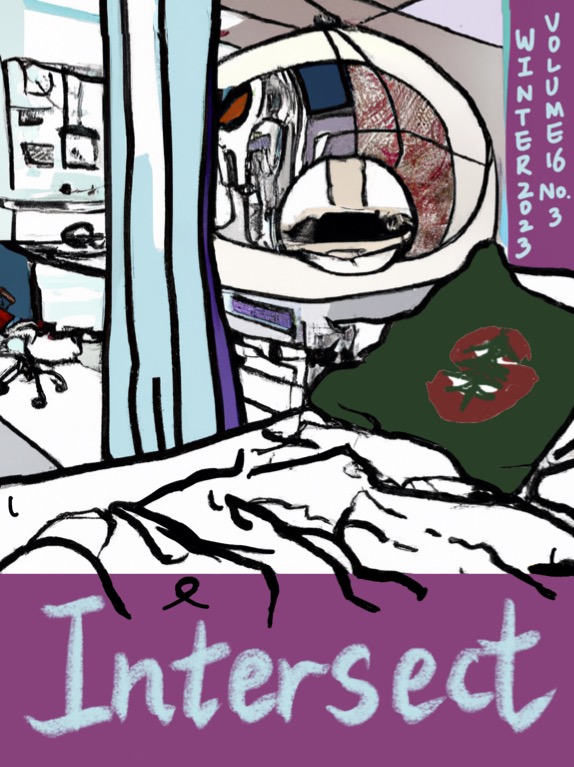Home Far Away From Home
Spacecraft Interior Design for Human Well-being
Abstract
Today’s spacecraft are equipped to sustain human physical well-being beyond Earth. Yet, when it comes to less-quantifiable health factors, such as mental and emotional well-being, there is limited research on how those are influenced long-term by a spacecraft’s physical environment.
Currently, maintaining well-being in space is not a major difficulty. Rigorous astronaut selection processes and training ensure the physical and mental fortitude of each human who flies to space. Residents keep up morale with crew gatherings and holiday celebrations. Proximity to Earth allows a constant view of the planet, regular payload gifts, and reliable communication with friends and family, keeping home close by.
Yet, as we aim beyond Earth and the moon, missions will increase in distance and duration. Payload deliveries will be less frequent, Earth communication will lag. As space travel durations and distances increase, it becomes even more important to shape healthy outer space experiences for astronauts. A spacecraft’s internal environment will play a major role in that experience, especially if it is the same environment travellers will live in with the same people for months, even years.
Using a framework adapted from the International WELL Building Institute, this paper explores basic principles that form the foundation for a healthy spacecraft interior. Its vision: to help guide engineers and designers in creating outer space living environments where humans can not just survive, but also thrive.
Downloads
Published
Issue
Section
License
Copyright (c) 2023 Intersect: The Stanford Journal of Science, Technology, and Society

This work is licensed under a Creative Commons Attribution-NonCommercial-NoDerivatives 4.0 International License.
Authors who publish with this journal agree to the following terms:- Authors retain copyright and grant the journal right of first publication with the work simultaneously licensed under a Creative Commons Attribution License that allows others to share the work with an acknowledgement of the work's authorship and initial publication in this journal.
- Authors are able to enter into separate, additional contractual arrangements for the non-exclusive distribution of the journal's published version of the work (e.g., post it to an institutional repository or publish it in a book), with an acknowledgement of its initial publication in this journal.
- Authors are permitted and encouraged to post their work online (e.g., in institutional repositories or on their website) prior to and during the submission process, as it can lead to productive exchanges, as well as earlier and greater citation of published work (See The Effect of Open Access).

